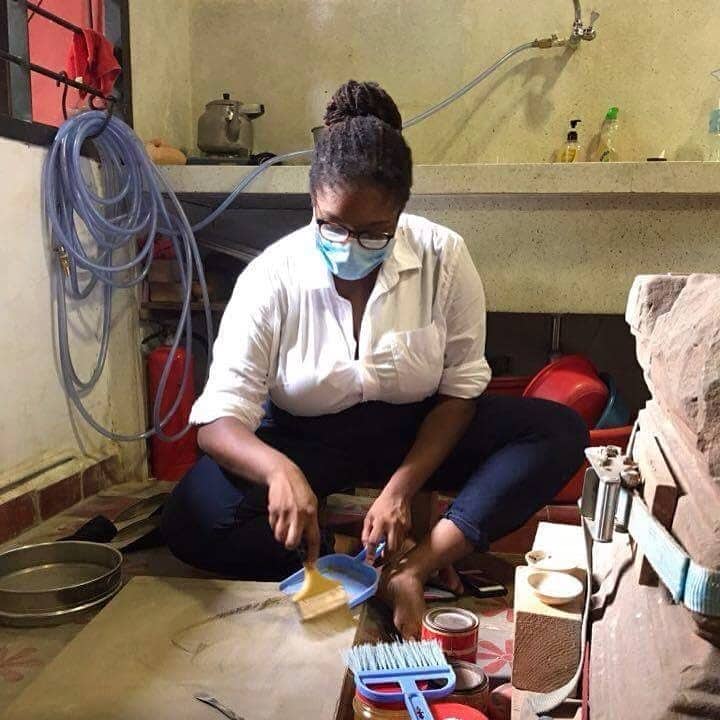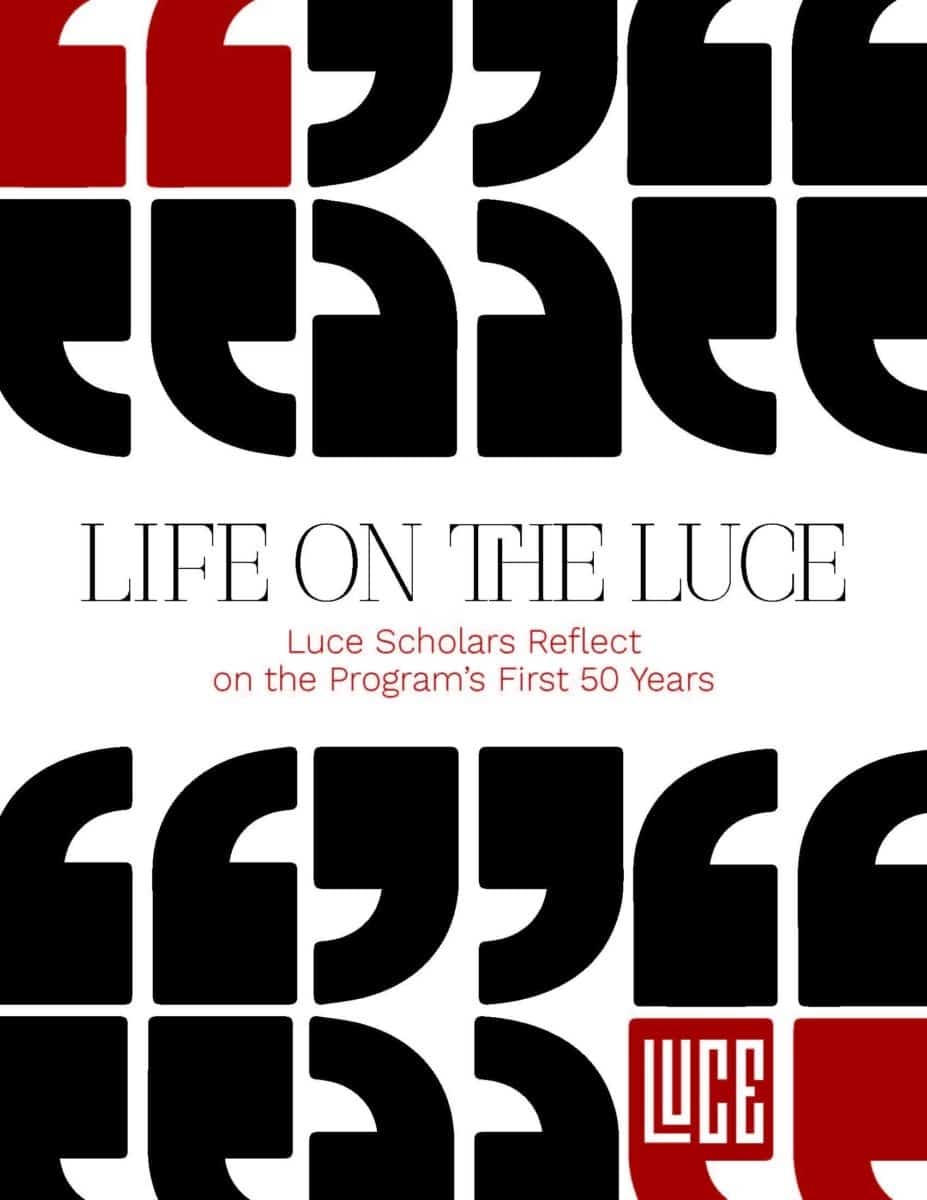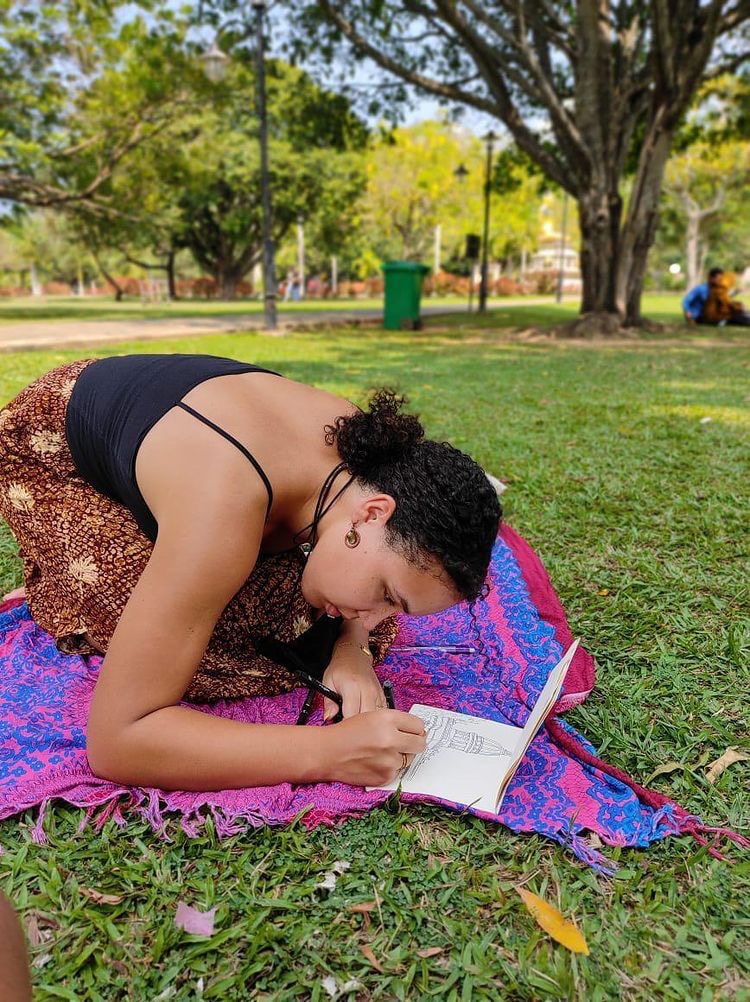One of my first friends in Cambodia was the grounds-keeper from my Khmer Language Program. I met her on my second day in Cambodia and was told to call her “Om”—a polite term to refer to an older woman that more or less means “Aunt.” Every morning I’d pass Om on my walk to class. She would say things to me in Khmer while I panicked because I had no idea what she was saying or how I was supposed to respond. I explained this to an advisor from home and she, like Om, laughed at me. Her advice was to sit with Om, smile and occasionally try holding her hand. The next week, I started spending my ten-minute break from class sitting with Om and asking her childlike questions, having a vague understanding of the things she would say back to me.
“Do you have children?”
“I have 6 sons. Boys are difficult.”
“How is your day?”
“Stop talking to me. Eat this and go back to class.”
By the end of the six-week program I’d graduated to piecing together basic conversations that almost always ended with her giving me strange fruits and shooing me back into the classroom.
Living and working in Cambodia is amazing and chaotic and confusing and exciting and often feels impossible to explain. My work, much like navigating Phnom Penh, is a balancing act of understanding and respecting Cambodia’s complicated history, while simultaneously making room for the rapid change and development shaping its socioeconomic and political future.
I’ve spent the past six months working with the Department of Archaeology and Prehistory under the Ministry of Culture and Fine Arts. The majority of my time is spent in the conservation labs of the National Museum, focusing on the restoration of ceramic, stone, and metal artifacts. The rest of my time is spent working with staff of the Ministry of Culture to develop potential forensic projects focusing on victims of the Khmer Rouge regime. At work I speak in a confusing (and occasionally amusing) mixture of Khmer, French, and English. The experience allows me to re-evaluate my work in that I’m no longer able to hide behind the polite linguistic nuances that shape most of my professional experiences. At one point, a colleague asked me to explain what I did as an archaeologist before this fellowship. When asked this question in English, I usually explain that I worked as a forensic archaeological technician with a company that focuses on recovering American soldiers killed in the Pacific theatre during World War II. In Khmer, the best translation I could think of was, “I am an archaeologist; I work with bones. I try to find soldiers so they can go back to their families.” Learning to exist in a language extremely foreign to my own introduces a degree of simplicity and vulnerability that means constantly re-evaluating the ways in which I engage and position myself in the world.
On some days, work means burying myself in case studies about genocides and mass graves analysis around the world to better understand the processes of repatriation and reparation. On other days it means walking around the Museum learning how to repair and restore impossibly beautiful prehistoric stone sculptures. On almost all days, I end with strange fruits and more questions.


